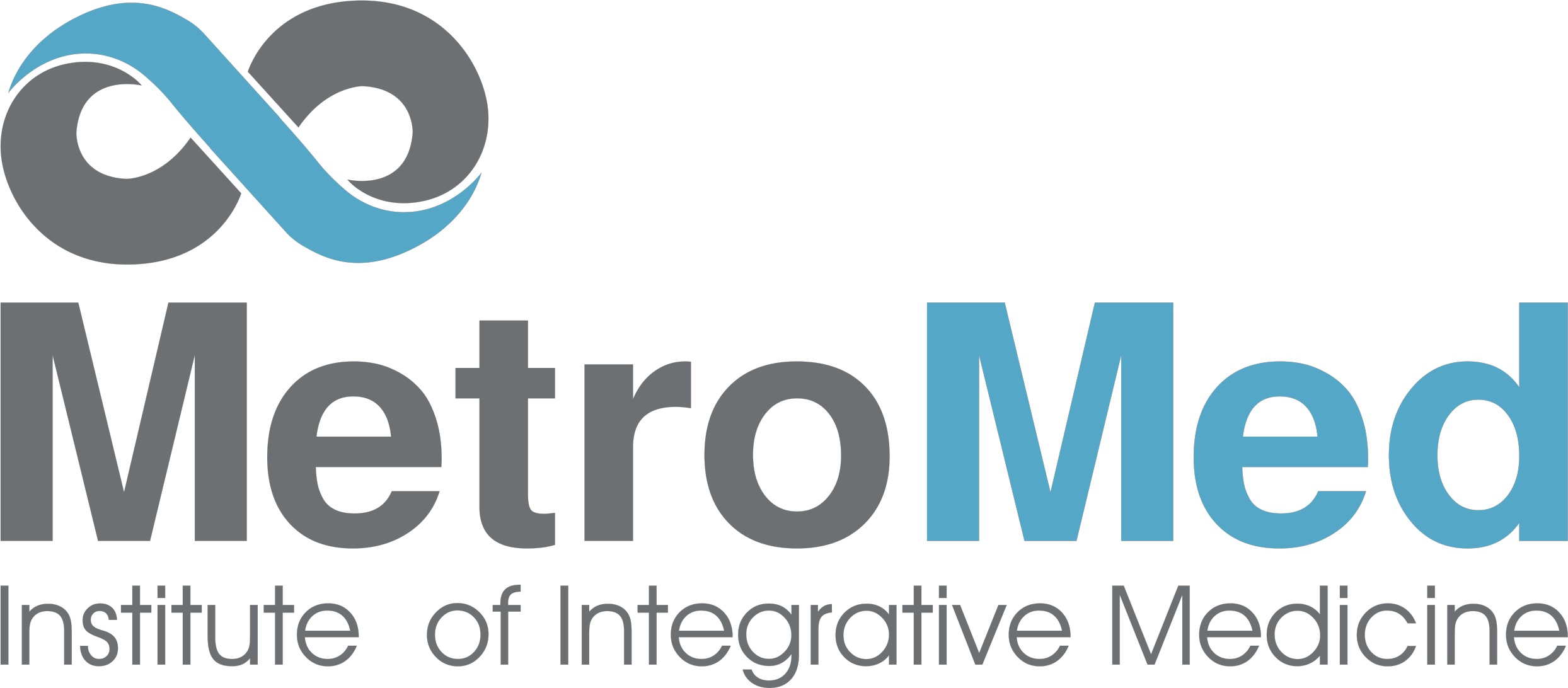The vertebral column is arguably one of the most essential bone groups in the human body. It allows us as humans to walk upright and support the load of our torso. Between each vertebra, that comprises the column, is a soft disc used support the spine by absorbing shock. These shock absorbers remove stress applied to the bones caused by every day movements as well as gravity. However, over time many of these discs can become damaged and their absorbing properties are depleted. This effect is known as Degenerative Disc Disease. Conventionally there has not been a procedure to reverse the signs of Degenerative Disc Disease. Nonetheless, in the 21st century with the help of stem cell medicine physicians now have a method to regenerate the disc back to health allowing them to support the vertebral column once again.
A spinal disc is composed of an outer fibrous layer known as annulus fibrous, which is like a balloon that encapsulates the inner mass. The inner mass of the annulus fibrous is a gel like substance known as the nucleus pulposus. This gel gives support to the spine and acts as the cushion dampening shock that is applied to the spine throughout daily activities. Osteoarthritis, over use, or trauma can cause the disc to become damaged. The most common cause of Degenerative Disc Disease are due to two reasons. First, the inner gel (or nucleus pulposus) can dry out causing the spine to have less cushioning and ultimately causing pain. The second, the outer layer (or annulus fibrous) can crack or break allowing the inner gel to leak out, this is commonly referred to as a disc bulge or herniation.
In order to rebuild or regenerate the disc to full health traditional medicine has not had many answers. The new work being done in the stem cell field has discovered new procedures to reverse the signs of degenerative disc disease. MetroMDs stem cell disc procedure injects stem cells harvested from the patients themselves to the degenerated site. This method allows the stem cells to infiltrate the damaged site and help restore disc function. The stem cells work by promoting the native cells to replicate as well as the stem cells can replace lost cells at the site. Once applied over the next few months the stem cells work to restore disc function and ultimately eliminate the pain and symptoms associated with a degenerated disc.
Copyright © 2013 Devin Stone and Alex Martin MD, Los Angeles
Works Cited
1. Le Visage, Catherine, Seok Woo Kim, Kei Tateno, Ann N. Sieber, John P. Kostuik, and Kam W. Leong.”Interaction of Human Mesenchymal Stem Cells With Disc Cells.” Spine 31.18 (2006): 2036-042. Print.
2. Richardson, Stephen M., Rachael V. Walker, Siân Parker, Nicholas P. Rhodes, John A. Hunt, Anthony J. Freemont, and Judith A. Hoyland. “Intervertebral Disc Cell- Mediated Mesenchymal Stem Cell Differentiation.” Stem Cells 24.3 (2006): 707-16. Print.
3. Sobajima, Satoshi, Gianluca Vadala, Adam Shimer, Joseph S. Kim, Lars G. Gilbertson, and James D. Kang. “Feasibility of a Stem Cell Therapy for Intervertebral Disc Degeneration.” The Spine Journal 8.6 (2008): 888-96. Print.
4. Wuertz, Karin, Karolyn Godburn, and James C. Iatridis. “MSC Response to PH Levels Found in Degenerating Intervertebral Discs.”Biochemical and Biophysical Research Communications 379.4 (2009): 824-29. Print.


